Ancient battlefields hold stories of decisive moments that shaped the course of history. From legendary last stands to tactical masterpieces, these sites offer a glimpse into the strategies, bravery, and determination of those who fought long ago. Each battlefield not only marks the location of a significant conflict but also serves as a reminder of the cultural and political shifts that followed. Exploring these ancient battlegrounds allows us to connect with the past and understand the forces that have shaped our world. Here are some of the most intriguing ancient battlefields that continue to captivate historians and visitors alike.
Battle of Marathon (490 BCE) – Greece
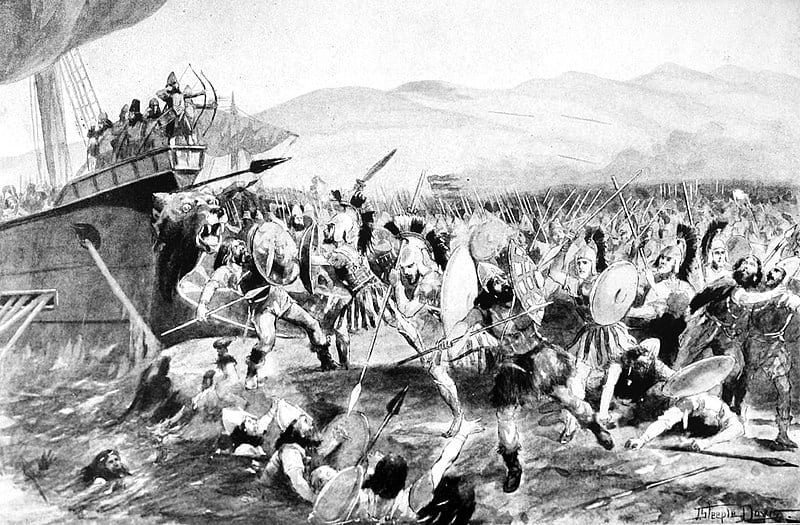
The Battle of Marathon was a pivotal moment in Greek history, where the Athenian forces successfully repelled a much larger Persian army. Fought on the plains of Marathon, this battle showcased the effectiveness of the Greek phalanx formation. Despite being heavily outnumbered, the Athenian soldiers’ discipline and strategy led to a decisive victory. This triumph not only boosted Greek morale but also set the stage for the rise of classical Greek civilization. The site, still visible today, serves as a testament to the endurance and courage of the ancient Greeks.
Battle of Kadesh (1274 BCE) – Syria

The Battle of Kadesh is often cited as the earliest recorded battle in history, fought between the Egyptian Empire under Pharaoh Ramesses II and the Hittite Empire. Located near the Orontes River in modern-day Syria, this battle was one of the largest chariot battles ever fought. The battle’s outcome was inconclusive, leading to one of the first known peace treaties in history. Ramesses II depicted the battle as a great victory, although historical records suggest otherwise. The battlefield offers insights into early warfare and diplomacy.
Battle of Thermopylae (480 BCE) – Greece
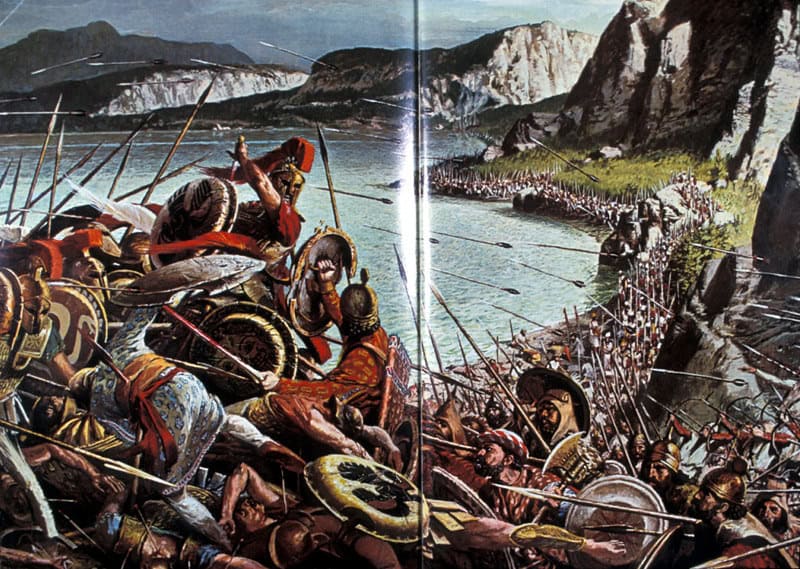
Thermopylae, a narrow pass in central Greece, was the site of one of history’s most famous last stands. King Leonidas of Sparta led 300 Spartans and a few thousand allies against the massive Persian army of Xerxes. Despite the overwhelming odds, the Greeks held the pass for three days before being outflanked. Their sacrifice became a symbol of courage and resistance against tyranny. Today, the battlefield is a symbol of heroism, with a monument honoring the fallen warriors.
Battle of Gaugamela (331 BCE) – Iraq
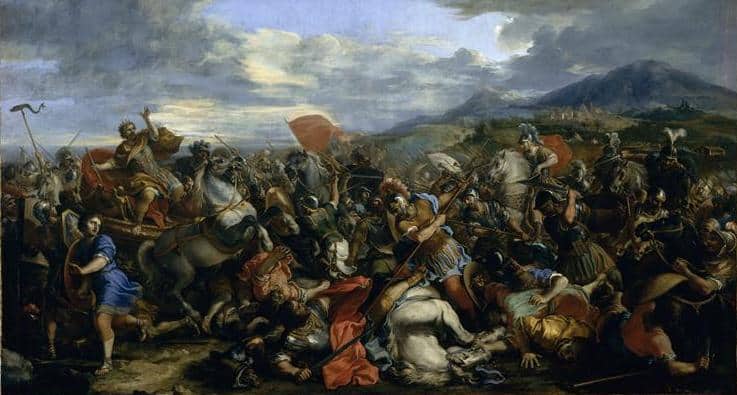
Alexander the Great’s decisive victory at Gaugamela led to the fall of the Persian Empire. Fought near present-day Mosul in Iraq, this battle is noted for Alexander’s strategic brilliance against the much larger forces of Darius III. The battlefield’s terrain, an open plain, allowed Alexander’s cavalry to outmaneuver the Persians. This victory paved the way for Alexander’s conquest of the entire Persian Empire, reshaping the ancient world. The site remains a powerful reminder of Alexander’s military genius.
Battle of Cannae (216 BCE) – Italy
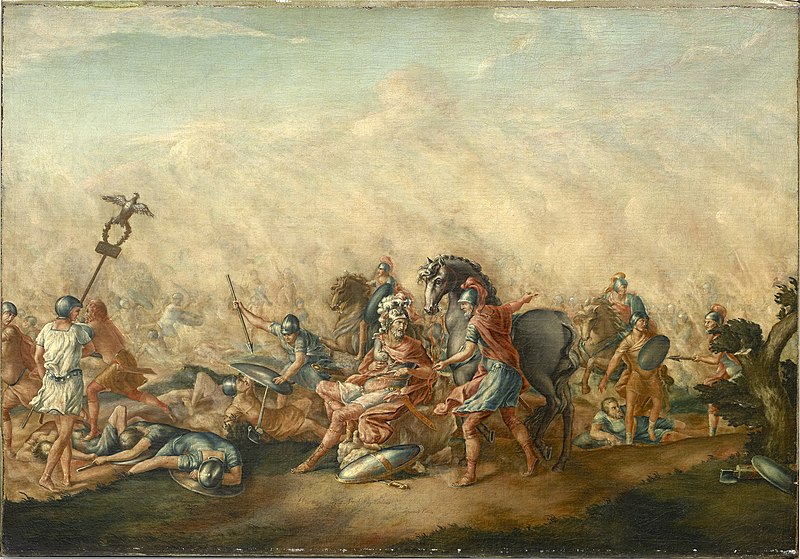
The Battle of Cannae is often regarded as one of the greatest tactical feats in military history. During the Second Punic War, Hannibal’s Carthaginian forces encircled and annihilated a much larger Roman army. The battle took place in Apulia, southeastern Italy, and is a classic example of the double envelopment tactic. Hannibal’s victory at Cannae severely weakened Rome, though it ultimately failed to end the war. The battlefield still captivates historians and military strategists alike.
Battle of Zama (202 BCE) – Tunisia
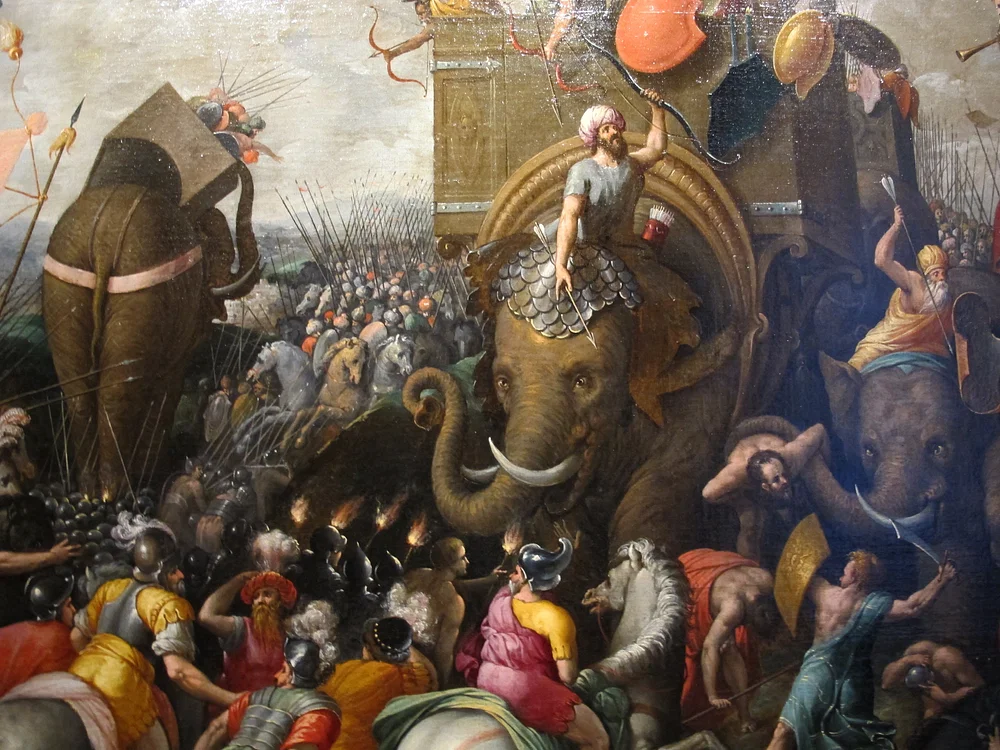
The Battle of Zama marked the end of the Second Punic War, with Scipio Africanus leading the Romans to victory over Hannibal’s Carthaginian forces. Fought on the plains near modern-day Tunis, this battle demonstrated Roman adaptability and tactical superiority. Scipio’s use of cavalry played a crucial role in breaking the Carthaginian lines. This victory secured Rome’s dominance in the western Mediterranean. The battlefield is a symbol of Rome’s rise to imperial power.
Battle of Actium (31 BCE) – Greece
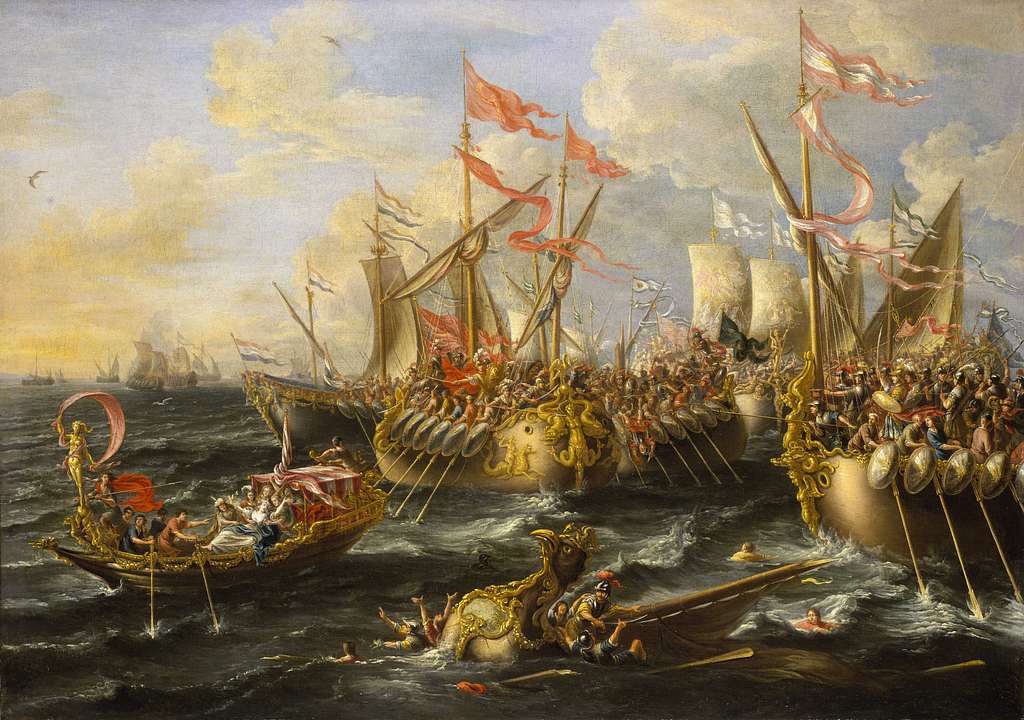
The naval Battle of Actium was a decisive conflict that led to the rise of Augustus as the first Roman Emperor. Fought off the western coast of Greece, Octavian’s fleet, commanded by Agrippa, defeated the combined forces of Mark Antony and Cleopatra. The battle’s outcome sealed the fate of the Roman Republic, transitioning it into an empire. Actium’s significance lies not just in its military outcome but also in its profound political consequences. The site remains a crucial reference point for the end of the Roman Republic.
Battle of Hastings (1066 CE) – England
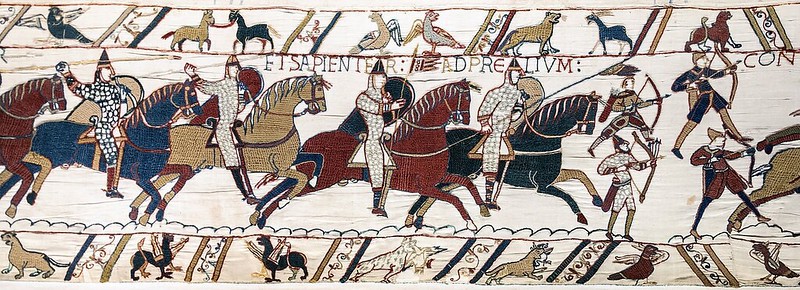
The Battle of Hastings was a turning point in English history, where William the Conqueror defeated King Harold II to become the first Norman king of England. Fought near the town of Hastings, this battle is known for the death of Harold and the subsequent Norman conquest of England. The battlefield, now marked by Battle Abbey, is a well-preserved historical site. The Norman victory brought significant cultural and political changes to England, which are still evident today. Visitors can walk the grounds where the fate of England was decided.
Battle of Carrhae (53 BCE) – Turkey
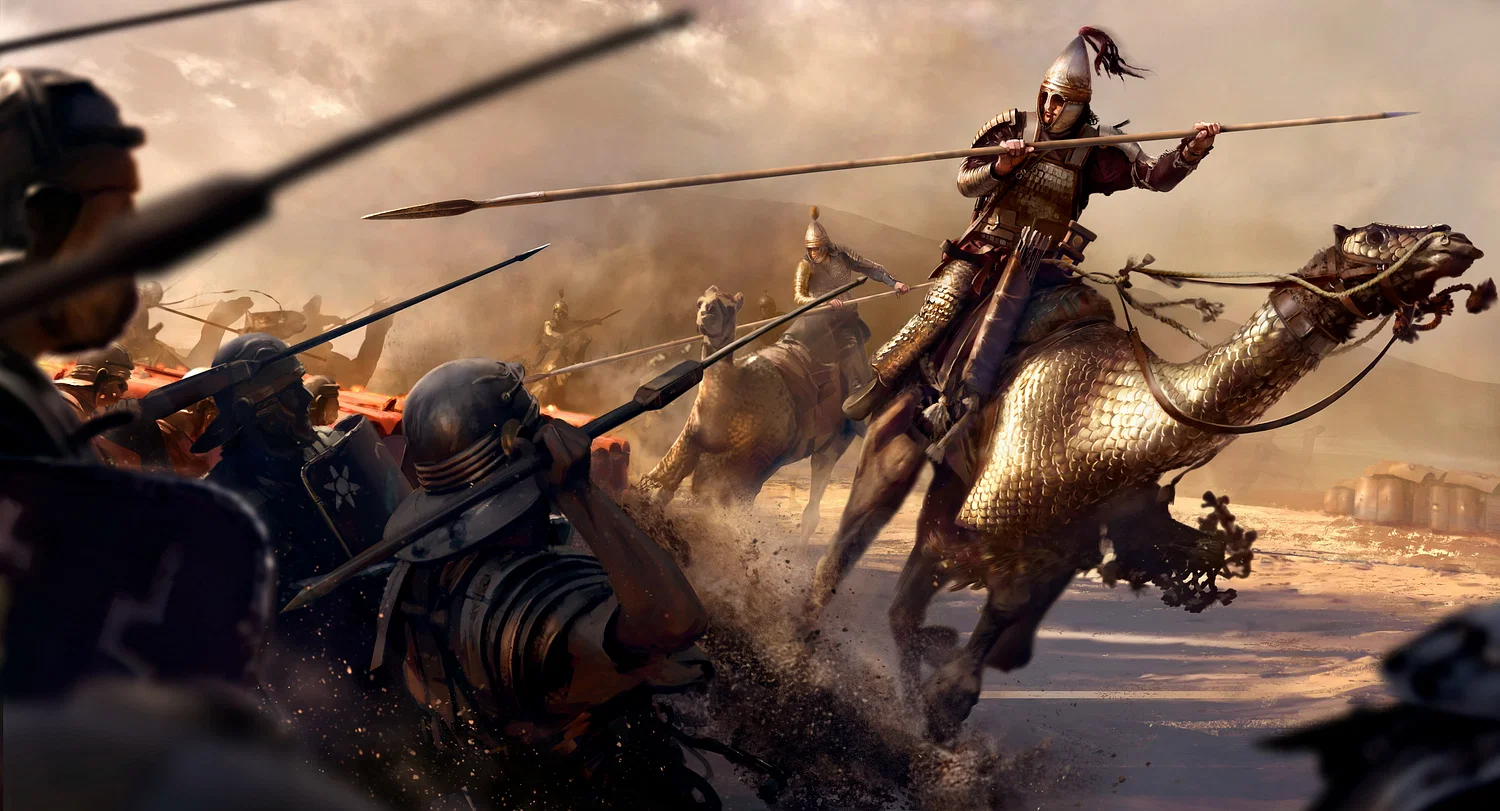
The Battle of Carrhae was a disastrous defeat for the Roman Republic, where Crassus’s legions were decimated by the Parthian cavalry. Fought in what is now southeastern Turkey, this battle is notable for the effective use of horse archers by the Parthians. The loss at Carrhae weakened Roman influence in the East and highlighted the limitations of Roman military tactics. The battlefield serves as a reminder of Rome’s vulnerability to non-traditional warfare. Carrhae’s legacy is one of strategic failure and military overreach.
Battle of Tours (732 CE) – France
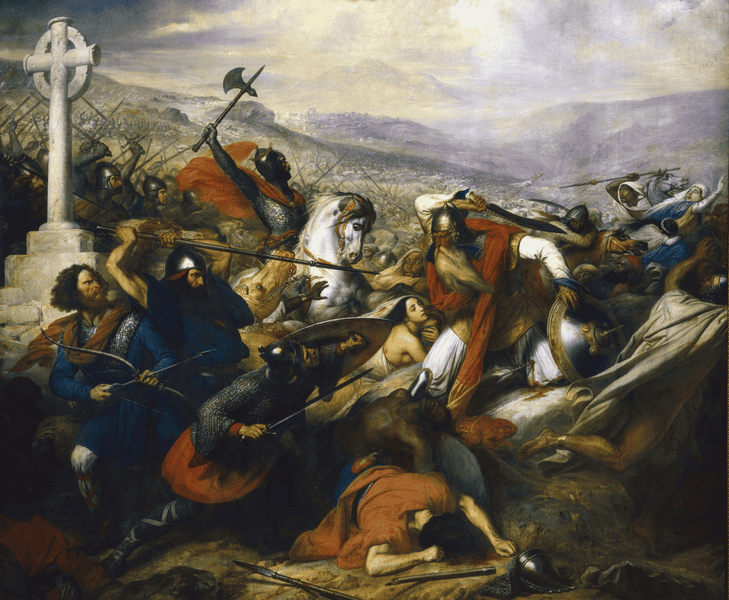
The Battle of Tours, also known as the Battle of Poitiers, was a significant clash between the Frankish forces under Charles Martel and the Umayyad Caliphate. Fought near the city of Tours in France, this battle halted the northward advance of Islamic forces into Western Europe. Charles Martel’s victory is often credited with preserving Christianity in Europe. The battlefield is a symbol of the cultural and religious crossroads of medieval Europe. Tours remains a powerful historical site representing the defense of Western Christendom.
Battle of Chalons (451 CE) – France

The Battle of Chalons, also known as the Battle of the Catalaunian Plains, was a pivotal conflict between the Roman-Visigothic alliance and the Huns under Attila. Fought in northeastern France, this battle marked the high point of the Hunnic invasions of Europe. The fierce fighting resulted in heavy casualties on both sides, and Attila’s advance was halted. Chalons is remembered as one of the last major battles involving the Roman Empire. The battlefield remains a symbol of the struggle to preserve the remnants of Roman civilization.
Battle of Teutoburg Forest (9 CE) – Germany

The Battle of Teutoburg Forest was a devastating ambush that resulted in the annihilation of three Roman legions by Germanic tribes. Fought in the dense forests of modern-day Germany, this battle halted Roman expansion into Germania. The Roman defeat had long-lasting effects on the Roman Empire’s northern frontier. The battlefield, now heavily wooded, is a symbol of Roman vulnerability and the fierce resistance of the Germanic tribes. Teutoburg Forest remains one of Rome’s most infamous military disasters.
Battle of Alesia (52 BCE) – France
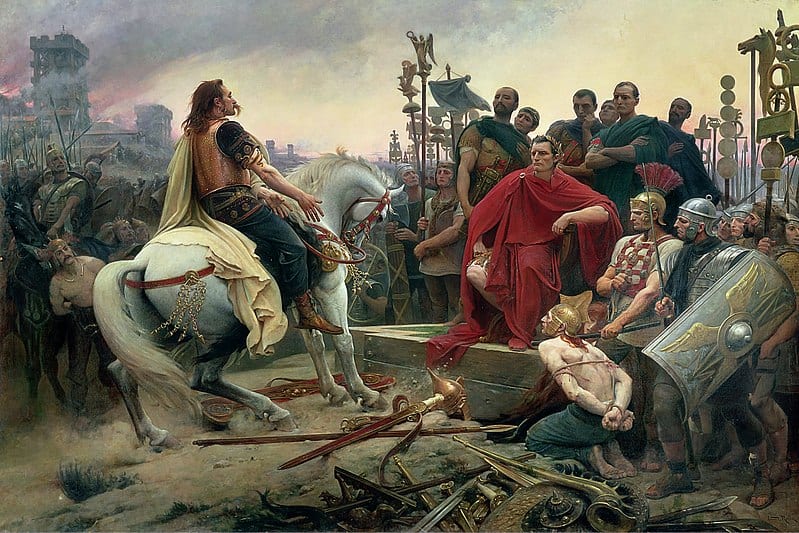
The Battle of Alesia was the climactic confrontation between Julius Caesar and the Gallic tribes led by Vercingetorix. Fought near the modern-day village of Alise-Sainte-Reine in France, Caesar’s forces besieged the fortified Gallic stronghold. Despite being outnumbered, Caesar’s engineering skills and tactical brilliance led to a Roman victory. Alesia marked the end of Gallic resistance and the consolidation of Roman control over Gaul. The battlefield is a testament to Roman military ingenuity and determination.
Battle of Salamis (480 BCE) – Greece
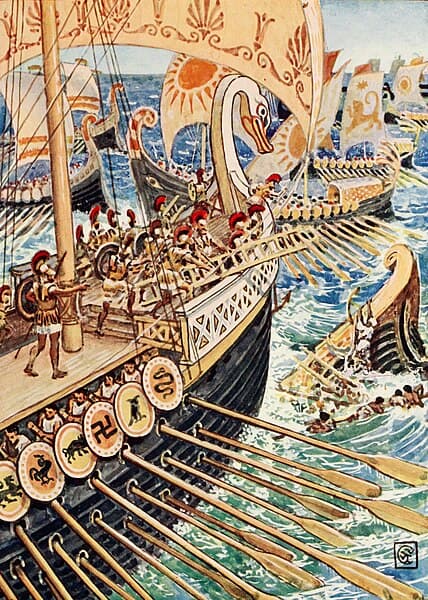
The naval Battle of Salamis was a turning point in the Greco-Persian Wars, where the Greek fleet, under Themistocles, defeated the much larger Persian navy. Fought in the straits near the island of Salamis, this battle showcased the tactical superiority of the smaller, more maneuverable Greek ships. The victory at Salamis prevented the Persians from conquering Greece and ensured the survival of Greek culture. The site remains a symbol of Greek unity and resilience. Salamis is remembered as one of the greatest naval battles in history.
Battle of Adrianople (378 CE) – Turkey
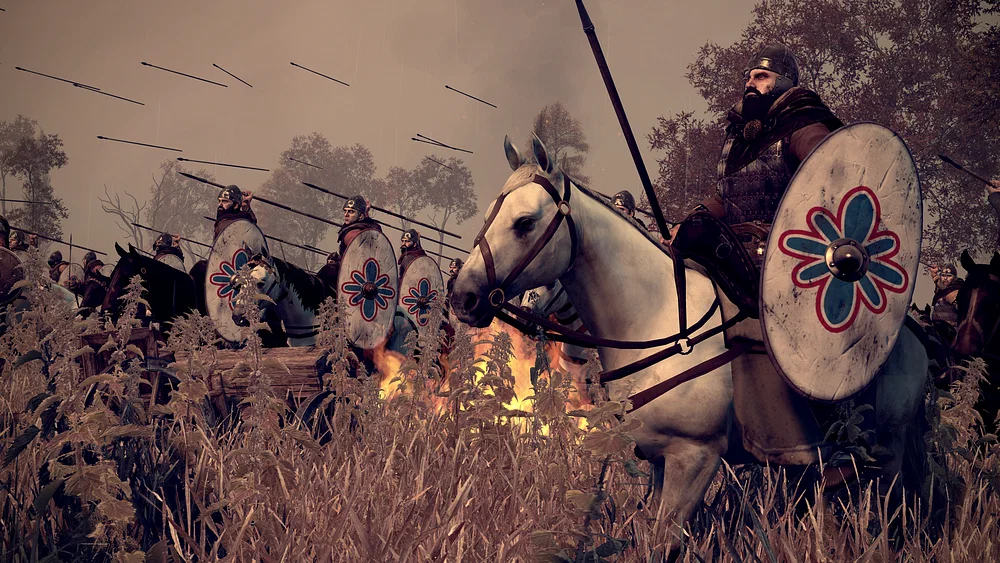
The Battle of Adrianople was a catastrophic defeat for the Roman Empire, where the Goths decimated the Roman army led by Emperor Valens. Fought near modern-day Edirne in Turkey, this battle is often seen as the beginning of the end for the Western Roman Empire. The Roman loss at Adrianople exposed the empire’s inability to defend its borders against barbarian invasions. The battlefield is a stark reminder of the empire’s decline. Adrianople’s legacy is one of military failure and the shifting balance of power in late antiquity.
This article originally appeared on Rarest.org.
More From Rarest.Org
In the fascinating world of insects, some species stand out not just for their unique appearances and behaviors but also for their extraordinary prices. Collectors and enthusiasts are willing to pay significant amounts for these rare and exotic creatures. Read more.
Foliage plants have become a staple in interior design, offering both aesthetic appeal and health benefits. These versatile plants add life to any space, from lush, tropical vibes to sleek, modern touches. Read more.
Gold coins have long been prized not just for their intrinsic value but also for their historical significance and beauty. Whether you’re a seasoned collector or an investor looking to diversify your portfolio, certain gold coins offer both solid investment potential and a fascinating glimpse into the past. Read more.



